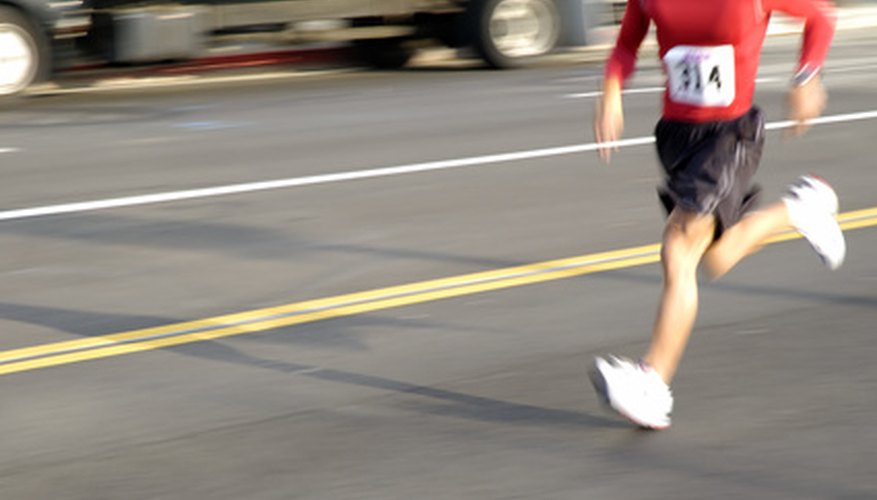When you hear music with a fast beat, your body becomes more active because it interprets the beat as your heart rate. This is why fast music makes you want to dance and why slow-paced music relaxes you. Matching your beats per minute to miles per hour is a way to create a running playlist that will help you stay on course for your race pace and will help you to achieve your running and fitness goals.
Work out the number of beats per minute, or bpm, in a song. You can do this by using online resources such as Vocalist, Softplatz or DJ BPM Studio (see Resources), or by listening to the music for 1 minute and making a mark on a piece of paper every time you hear a beat. Count the number of beats to determine the bpm.
Work out your average miles per hour, or mph, by picking a run for which you have an exact time and dividing the distance by the time. If you took 2 hours to run a 13-mile race, then you ran 6.5mph. If you don't have these statistics on hand, calculate how long it takes you to run a mile, and calculate how far you could run in 1 hour at this pace. If it takes you 10 minutes to run a mile, you could run 6 miles in 1 hour, and so you are running at 6mph.
- When you hear music with a fast beat, your body becomes more active because it interprets the beat as your heart rate.
- If you don't have these statistics on hand, calculate how long it takes you to run a mile, and calculate how far you could run in 1 hour at this pace.
Convert the bpm to mph using the following numbers: 6mph is 150bpm, 6.7mph is 160bpm, 7.5mph is 170bpm, 8.8mph is 180bpm, 10 to 12mph is 190bpm.
Match your music to your run. If you are planning on running at 7.5mph, choose songs of 170bpm. Your body will work to get in time with the music, which will help you to stay on your target pace. If you want to have a multipace run, mix up your tracks by starting slowly and then building up to a fast pace before slowing down toward the end of your run.
